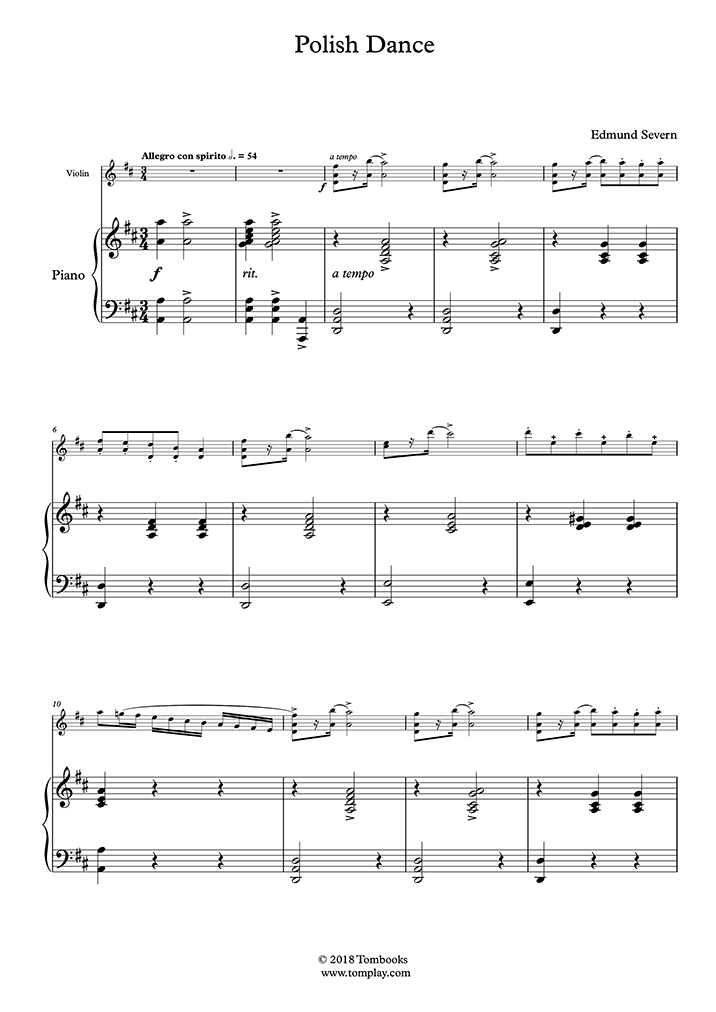
Civil society is a purely artificial institution created by independent individuals who contract with one another to set up a government whose primary purpose is to protect them in the exercise of their natural rights. This view translates into the principles of political equality and majority rule. The only civil society that he could legitimately enter was one in which his natural right to govern himself became the natural right to take part on equal terms with every other man in the government of civil society. Only he could transfer that right to a government, and even he could not transfer it totally. In the prepolitical “state of nature,” there was no government and every man was a naturally sovereign individual with an absolute right to govern himself. The premise of the radical ideology was that men by nature are individuals endowed with natural rights but not, as Aristotle had thought, political animals designed by nature to live in organized political societies. Typically but wrongly, he attributed that ideology to most of the parliamentary reformers, as he did in his Speech on the Reform of the Representation of the Commons in Parliament in 1782. He already knew the radical democratic ideology that Edition: current Page: ] inspired part of the demand for expanding the people’s right to vote for members of the House of Commons. The two men talked past each other in appeals to the British public.īurke had been personally acquainted with Paine, but it is unlikely that he had him in mind when he wrote the Reflections. Burke ignored it, so in fact there was no debate between him and Paine. Paine came back with The Rights of Man, Part 2. 2 In it, he quoted several pages from Paine’s book without acknowledging their source, and took them as representative of the views of all the British sympathizers with the French Revolution. It is still in print.īurke scorned to answer Paine directly, but in 1791 he published a sequel to his Reflections under the title An Appeal from the New to the Old Whigs. 1 In fact, however, Thomas Paine’s The Rights of Man, Part 1, although not the best reply to Burke, was and remains to this day by far the most popular one. Payne, writing in 1875, said that none of them “is now held in any account” except Sir James Mackintosh’s Vindiciae Gallicae. After it appeared on November 1, 1790, it was rapidly answered by a flood of pamphlets and books.
#EDMUND SEVERN POLISH DANCE PDF MERGE PROFESSIONAL#
Indianapolis, IN 46250-1687 Edition: current Page: ]Įdmund Burke’s Reflections on the Revolution in France is his most famous work, endlessly reprinted and read by thousands of students and general readers as well as by professional scholars. Great Britain-Politics and government-18th century. Letters on a regicide peace- Miscellaneous writings. Reflections on the revolution in France-v. Thoughts on the cause of the present discontents. 1–3 originally published: Oxford : Clarendon Press, 1874–1878.Ĭontents: v. Select works of Edmund Burke : a new imprint of the Payne edition / foreword and biographical note by Francis Canavan.

Library of Congress Cataloging-in-Publication Data By permission of the Board of Trinity College Dublin. The cuneiform inscription that serves as our logo and as the design motif for our endpapers is the earliest-known written appearance of the word “freedom” ( amagi), or “liberty.” It is taken from a clay document written about 2300 bc in the Sumerian city-state of Lagash.įrontispiece is of the statue of Edmund Burke by John Henry Foley that stands at the Front Gate of Trinity College Dublin.
#EDMUND SEVERN POLISH DANCE PDF MERGE FREE#
This book is published by Liberty Fund, Inc., a foundation established to encourage study of the ideal of a society of free and responsible individuals.


 0 kommentar(er)
0 kommentar(er)
